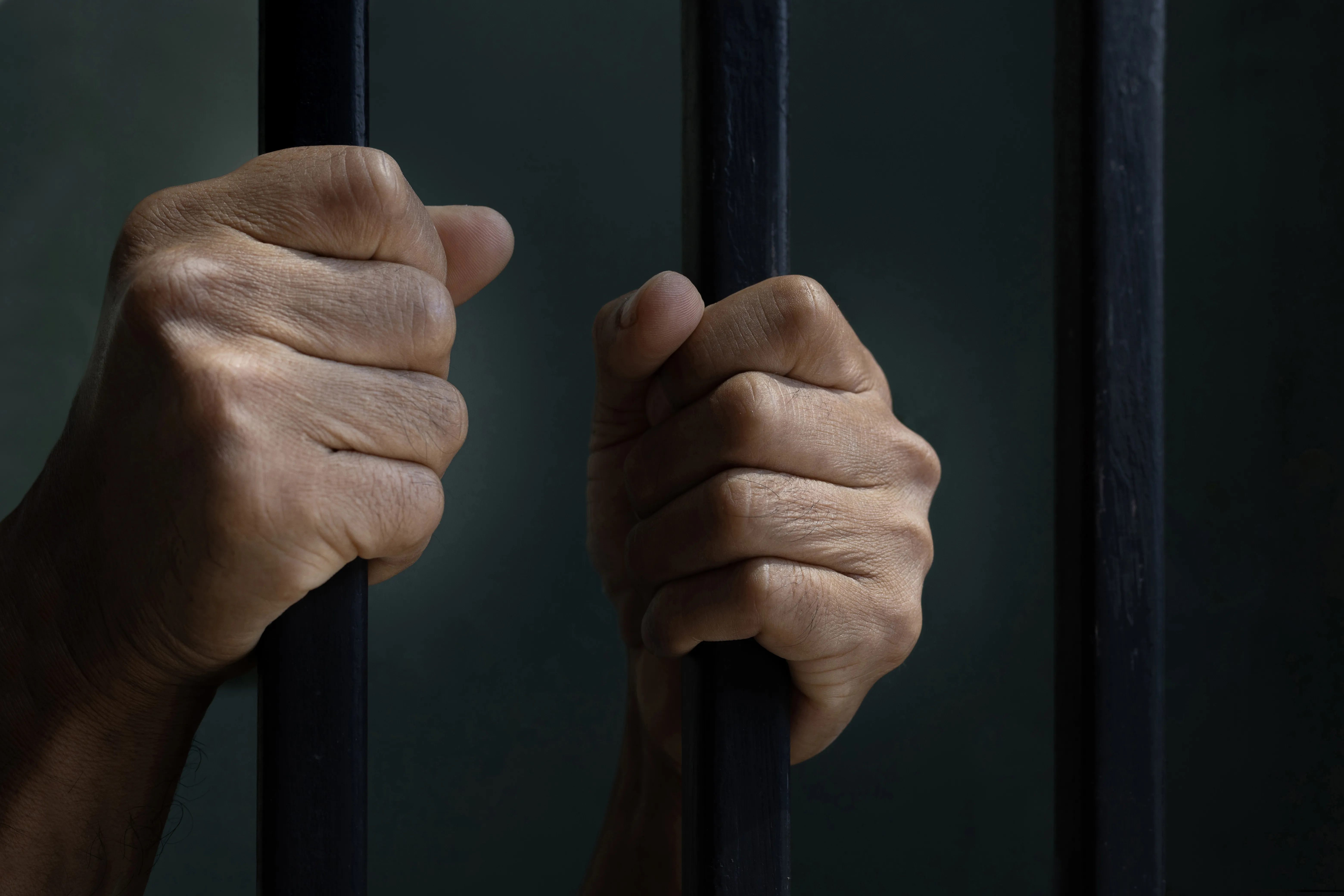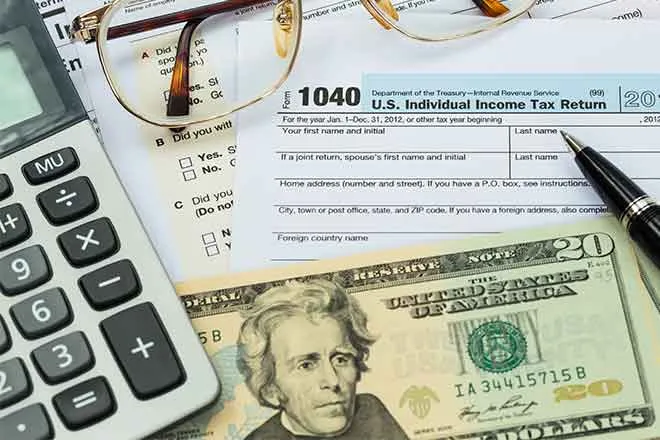
Colorado rail safety bill would limit train lengths, require more trackside detectors
(Colorado Newsline) Colorado lawmakers will likely consider a bill next year that would impose new railroad safety guidelines to reduce the risk of derailments and hazardous material spills.
An interim legislative committee approved the bill last week. It takes some provisions from the federal Railway Safety Act, which was introduced in Congress after a derailment in East Palestine, Ohio, that released hazardous materials into the area’s air and groundwater. The bill stalled in the Senate.
Lawmakers worry about what a derailment could mean for Colorado’s fragile ecosystems and infrastructure.
“In Colorado, we have some of the most dangerous and difficult terrain for trains carrying cargo to traverse, and it’s difficult to imagine the impact that a derailment of a train with hazardous material could have if it were to derail in the high country,” Rep. Javier Mabrey, a Denver Democrat, said in committee.
The bill, which was voted to be one of the Transportation Legislation Review Committee’s five interim bills for next session, would regulate train length, safety technology along tracks, and how long a train can obstruct a public crossing.
It also comes as the Uinta Basin Railway project, which could see five fully-loaded, two-mile-long crude oil trains traveling daily through Colorado, is on pause but not completely canceled.
“There’s so many potential risks, and we just feel that it’s really reasonable to require some guardrails around this so that we can protect our communities,” Sen. Lisa Cutter, a Littleton Democrat, said.
Train lengths would be limited to 8,500 feet, or a little over 1.6 miles. This would avoid excessive strain on tracks and equipment and reduce the number of critical points of failure on the train, according to draft bill text. The federal government does not currently regulate allowable train length.
“We heard testimony in this committee from rail workers about trains that are longer than 10,000 feet that have one staffer on them, and they’re traversing some of the most dangerous territory through the mountains. Can you imagine being in charge of something that’s three miles long, and you don’t know what’s happening 2.5 miles down the way?” Mabrey said.
We heard testimony in this committee from rail workers about trains that are longer than 10,000 feet that have one staffer on them, and they're traversing some of the most dangerous territory through the mountains.
– State Rep. Javier Mabrey
Additionally, railroads would be in charge of maintaining and reporting trackside detectors along their routes. These devices would be able to check for overheated bearings and detect any dragging equipment on the track. They would need to be placed at least every 10 miles, or every 15 miles if the terrain is too difficult for the lower distance. That’s a sharp increase from federal guidelines, which recommend hot bearing detectors every 40 miles and dragging detectors every 25 miles.
10-minute limit
Railroad operators would need to report the location of the detectors to the state’s Public Utilities Commission.
Experts say the so-called hot box detectors can cost between $25,000 and $75,000 for the equipment and installation. Dragging equipment detectors are generally cheaper.
It is not the detectors alone, however, that could help prevent derailments, an expert told Colorado Newsline.
“(Rail companies) need to use the data smarter and use analytics,” Matthew Dick, with the Transportation Technology Research Center in Pueblo, said. “Adding (hot box) detectors isn’t going to prevent 100% of these types of derailments. There are instances where a bearing will be normal, normal, normal and then all of a sudden it fails. There can be other conditions — vibration, noise — happening that aren’t temperature related.”
The bill would also prohibit stopped trains from blocking public crossings for longer than 10 minutes.
It would also require railroads to offer routine training to fire departments along tracks where hazardous materials are transported to help them better respond to spills and derailments.
Railroads would face daily fines between $10,000 and $25,000 for violating the safety guidelines. That money would get fed into a newly created Front Range passenger rail district maintenance and safety fund.
Carl Smith, the state legislative director for the International Association of Sheet Metal, Air, Rail and Transportation Workers — or SMART — Transportation Division, said that the proposals in the bill are about both worker and community safety. Smith presented to the transportation interim committee over the summer and spoke then about many of the proposals in the bill.
“We want rail to be successful in Colorado, but we want it to be done safely. Safe for us to go home at the end of the day, safe for the communities we live in and safe for the environment,” he told Colorado Newsline.
“Most parts of this bill are major asks for our organizations. This is what our members are talking about,” he said.
Mike Jaixen, a senior communications manager at Union Pacific, said in an emailed statement that federal law designates that only the Federal Railroad Administration and Surface Transportation Board have the authority to regulate railroad operations.
“Union Pacific, along with the entire rail industry, continues to work closely with federal policymakers on both sides of the aisle to ensure any potential legislation takes a data-driven approach to enhancing safety that does not negatively impact our nation’s supply chain,” he wrote.
If the Legislative Council Committee signs off on the rail safety bill, it will be introduced in the 2024 lawmaking session, which starts in January.
Colorado Newsline is part of States Newsroom, a network of news bureaus supported by grants and a coalition of donors as a 501c(3) public charity. Colorado Newsline maintains editorial independence. Contact Editor Quentin Young for questions: info@coloradonewsline.com. Follow Colorado Newsline on Facebook and Twitter.
















